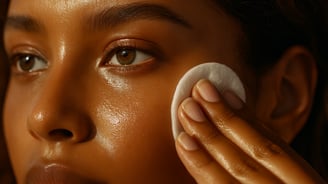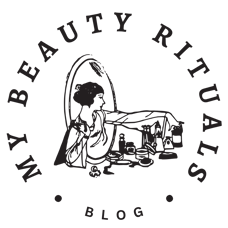Toners Explained: Why They Matter, Which to Choose, and How to Use Them
Toners are a versatile and often misunderstood step in skincare, but they can make a real difference in how your skin looks and feels. Here’s a detailed guide to what toners are, the different types available, why and when to use them, how they fit into your routine, and how they differ from similar products like tonics and milky essences.


What Are Toners and Why Are They Used?
Toners are water-based skincare products designed to be used after cleansing and before serums or moisturizers. Their main purposes are to:
Remove any leftover impurities or cleanser residue
Balance the skin’s pH after cleansing, which can be disrupted by tap water or soap
Prep the skin to better absorb subsequent products
Deliver targeted benefits, such as hydration, exfoliation, or brightening
Types of Toners and Their Functions
Toners today are formulated for a variety of skin needs. The main types include:
1. Hydrating Toners
Contain humectants like hyaluronic acid, glycerin, aloe vera, or rose water
Replenish moisture, soothe, and plump the skin
Best for dry, dehydrated, or sensitive skin
2. Exfoliating Toners (Acid Toners)
Feature gentle acids like glycolic, lactic (AHAs), or salicylic acid (BHA)
Remove dead skin cells, refine pores, smooth texture, and brighten skin
Best for oily, combination, acne-prone, or dull skin
Use with caution if you have sensitive skin
3. Astringent Toners
Contain higher levels of alcohol or witch hazel
Help control oil and tighten pores
Best for very oily or acne-prone skin, but can be drying or irritating
4. Brightening/Targeted Treatment Toners
Include ingredients like niacinamide, vitamin C, arbutin, or licorice root
Target hyperpigmentation, uneven tone, or dullness
Can also contain antioxidants to protect and repair the skin
5. Soothing/Calming Toners
Formulated with ingredients like chamomile, calendula, centella asiatica, or cucumber
Reduce redness, calm irritation, and support sensitive or reactive skin
Where Do Toners Fit in a Routine?
Toners are used immediately after cleansing and before serums or moisturizers. The typical order is:
Cleanser
Toner
Essence (if used)
Serum
Moisturizer
Sunscreen (AM routine)
Toners can be applied with a cotton pad, by patting with clean hands, or as a mist. They’re suitable for both morning and evening routines, but exfoliating toners are often best used at night.
What Are Toners Made Of?
Toners are primarily water-based, but their formulas vary widely depending on their purpose:
Hydrating toners: humectants (hyaluronic acid, glycerin), soothing plant extracts, panthenol
Exfoliating toners: AHAs, BHAs, PHAs, fruit acids, enzymes
Astringent toners: alcohol, witch hazel, salicylic acid
Brightening toners: niacinamide, vitamin C, arbutin, licorice root
Soothing toners: centella asiatica, chamomile, aloe, cucumber
Toner vs. Tonic vs. Milky Essence: What’s the Difference?
Toner: Traditionally for balancing, clarifying, and prepping the skin. Modern toners can hydrate, exfoliate, or treat.
Tonic: Usually more hydrating and conditioning, with a thicker texture and more humectants. Sometimes called “essence” in Asian skincare.
Milky Essence: Even richer, often with emollients and actives for deep hydration and nourishment—almost a serum in texture.
Summary:
Toners are for balancing, prepping, and delivering targeted benefits.
Tonics and milky essences are more about moisture and conditioning, ideal for dry or mature skin.
Why Are Toners Important?
Rebalance pH: Cleansing can disrupt your skin’s natural acidity; toners help restore it for optimal barrier function.
Remove Residue: Sweep away leftover cleanser, makeup, or hard water minerals.
Boost Absorption: Preps skin to better absorb serums and creams.
Targeted Benefits: Hydration, exfoliation, brightening, calming, or oil control—choose a toner for your skin’s needs.
Choosing the Right Toner
Dry/Sensitive Skin: Look for hydrating, alcohol-free formulas with soothing ingredients.
Oily/Acne-Prone Skin: Try exfoliating or astringent toners with acids or witch hazel.
Dull/Uneven Skin: Opt for brightening toners with niacinamide or vitamin C.
Combination Skin: Layer hydrating and exfoliating toners, or alternate based on your needs.
Avoid: High-alcohol toners if you have dry or sensitive skin, as these can be irritating or dehydrating.
Toners are a customizable, multi-tasking step that can hydrate, exfoliate, brighten, or calm, depending on your skin’s needs. They’re a bridge between cleansing and treatment, ensuring your skin is balanced, prepped, and ready to get the most from the rest of your routine.
